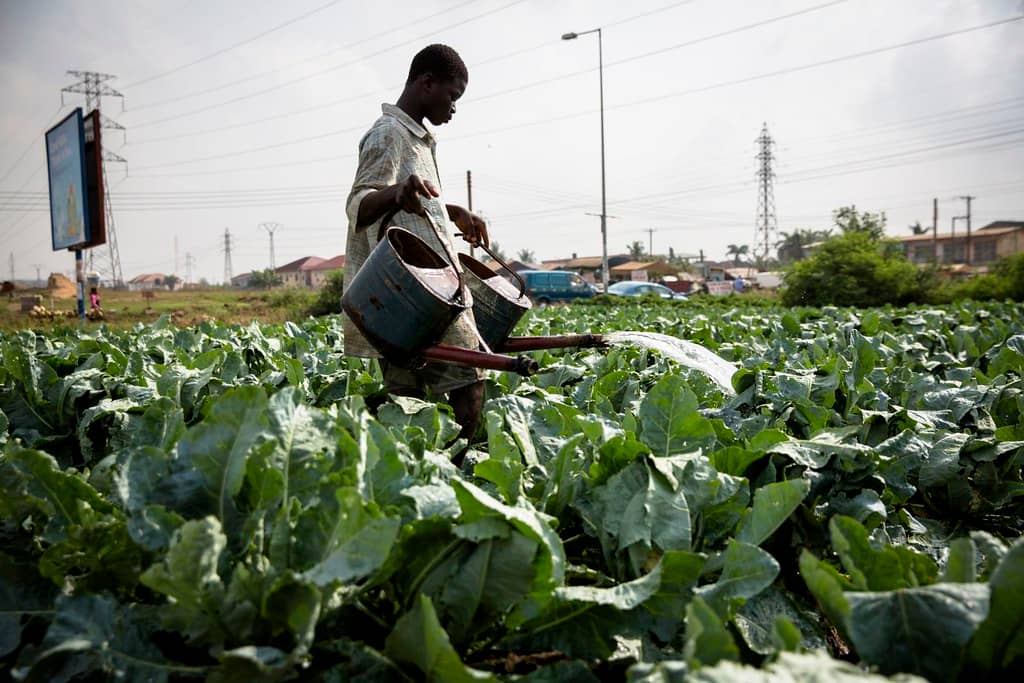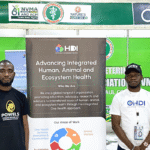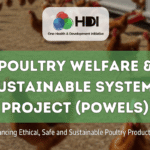
Feeding the growing population of city dwellers has become a matter of urgent attention. The United Nations reports that 55% of the global population resides in urban areas. It further projects that this figure could increase to 68% by 2050. With this whopping increase comes a corresponding increase in food demand, with food production expected to increase by 70%. This, thus, requires us to rethink how we produce our food, especially in the face of the growing sustainability challenges such as climate change. Urban agriculture allows us to mitigate these challenges while also sustainably feeding the increasing population of urban dwellers.
What is Urban Agriculture?
Imagine walking on a busy city street and being greeted by the greenery of a flourishing community garden. That right there is urban agriculture, and it is transforming how we feed our cities. Urban agriculture, or urban farming, is the practice of cultivating, processing, and distributing food in or around urban areas. It includes a variety of practices such as community gardens, rooftop gardens, backyard farming, hydroponics, and vertical farms. Urban agriculture is, therefore, a vital strategy for creating more sustainable and resilient cities.
What are the Benefits of Urban Agriculture?
- It promotes the availability of fresh and healthy produce.
Urban agriculture brings the farm to the city, reducing the distance food travels from producers to consumers. Local food systems support urban communities by providing access to fresh and healthy foods.
- Urban agriculture enhances environmental sustainability.
By growing food locally, urban agriculture reduces the carbon footprint associated with transportation. Moreover, composting and rainwater harvesting in urban gardens help to manage waste and water sustainably. Green spaces in cities can also mitigate the urban heat island (UHI) effect, a condition where urban areas experience much higher temperatures than their rural surroundings. These practices make cities cooler and more habitable.
- It enhances biodiversity and ecosystem health.
Introducing green spaces into urban areas promotes biodiversity and ecosystem health. Gardens attract pollinators such as bees and butterflies and can provide habitats for birds and beneficial insects. These organisms perform essential ecosystem services like pollination and ensuring clean water and air. Therefore, introducing urban agriculture into cities supports healthy ecosystems that benefit wildlife and humans.
- Urban farming encourages community-building
Urban agriculture through community gardens often becomes hubs where neighbours gather and work together, thereby fostering community building. These spaces can also provide educational opportunities where people learn about sustainable agriculture and sustainable development.

What are the challenges and possible solutions?
While urban agriculture offers numerous benefits, it also faces challenges. Cities often face limited spaces and poor soil quality. However, innovative solutions are emerging to address these issues. Crops can be grown in vertically stacked layers through innovations like vertical farming. This allows the optimal use of the limited space. Vertical farms often use systems that grow plants without soil, using nutrient-rich water instead. Adopting renewable energy sources, such as solar panels, will further reduce the carbon footprint of urban farming, especially for structures that require energy.
Also, by harnessing utilised spaces, like rooftops, for agricultural purposes, we can transform these spaces into productive areas. This, in turn, can also help absorb heat and conserve energy. Additionally, collaborations between local authorities and businesses can provide the necessary resources and support for urban agriculture projects.
Conclusion
Urban agriculture is a powerful tool for building healthier, more sustainable cities. By integrating food production into urban environments, we can address multiple challenges, including food security, environmental sustainability, and community resilience, all at once. Every effort counts; from transforming backyards into thriving gardens to buying local produce, we are creating a more sustainable urban ecosystem.











